|
It is rare that a definitive truth emerges from history, like that of Richard III’s remains, proving that he did indeed suffer from scoliosis. But he also suffered from Tudor propaganda that, through writers like More and Shakespeare, sought to depict Richard of York as monstrous. As sixteenth century beliefs regarded deformity as the Devil’s work a crooked shape seemed a convenient way to describe his inner wickedness. But much recent fiction has attempted to rehabilitate Richard III. Philippa Gregory in her Cousins’ War series is clear: Richard is the good guy (give or take a little ruthlessness) without even the slightest crookedness about the spine – the antithesis of Shakespeare’s misshapen, black-hearted Richard. Gregory’s agenda is, I suppose, to articulate an opposing story to the one that has endured for five hundred years – the York story – as a way to illuminate the lives of the women of the period and her straight-backed Richard is an intrinsic part of this. Fiction gives us license to explore the possibilities thrown up by fragments in the historical record. But the king in the car park is an undeniable truth, creating a shift of knowledge, which perhaps works to devalue Gregory’s fictional perspective – make it seem incomplete or less based in truth. What Richard III’s bones cannot tell us though, is whether the princes in the tower died at his hand or by his order. This story is perhaps the most enduring of the historical mysteries and has been explored endlessly in fiction. Emma Darwin in the excellent A Secret Alchemy cleverly creates a fictional scheme wherein both the Richard III camp and the Lancastrians are equally culpable, whereas Gregory’s villain is unequivocally a Margaret Beaufort driven by a combination of blind ambition and religious fervour. But her story has a further complication, which leaves one son alive to reappear later as the pretender Perkin Warbeck. Weir however, in A Dangerous Inheritance, keeps us in the dark, something that Amazon reviewers found frustrating, as if somehow they were expecting a definitive truth to emerge from her fictional story. Even genetic tests on the boys’ suspected remains would not shed light on the murderer. We would however, learn where and at what age they died and whether one of them did survive to potentially return as Warbeck. There are many truths we will never know. I have been asked surprisingly often whether the Virgin Queen was truly a virgin and I’m always surprised that people think I might know something that historians have not got to the bottom of in hundreds of years of poring through the historical record. Such a question was even posed during Elizabeth’s lifetime when rumour and scandal ran rife and many sought to discredit her by destroying her reputation. As she plays a large part in my Tudor trilogy, which covers her life from girlhood to old age I had to engage with the problem of how to convey an unknown in a convincing way in my fiction. Had Elizabeth been a central character I would have been compelled to take a position on the question of her love life but as she inhabits the margins of my novels and is only seen through the eyes of other characters it was possible to show her from a perspective of partial view. When, as a fourteen year old, and living in the household of the dowager Queen Katherine Parr, Elizabeth had something on the spectrum between a flirtation and a full blown affair with the man in the position of stepfather to her, Parr’s fourth husband Thomas Seymour. We know a certain amount about this ‘affair’ thanks to Elizabeth’s close companion and mother figure Katherine Astley’s testimony at Seymour’s subsequent treason trial. Astley describes in detail the mornings when Seymour would visit Elizabeth in her bedchamber in which a certain amount of slap and tickle took place, sufficient for Astley to have words with Seymour. It is also suggested that Parr joined in some of these ‘games,’ in particular a puzzling scene in which Parr is said to have held Elizabeth down while Seymour cut her dress into ‘a hundred pieces’. Finally we learn that Parr discovered Elizabeth and Seymour in ‘an embrace’, which precipitated the girl being sent away from the household. In describing this episode in Queen’s Gambit I chose to cut the scene of the shredded dress as I wanted to suggest that Elizabeth had lied to Astley about the event to cover for the fact that she had been alone with Seymour, which I felt was plausible, but it would have required a good deal of setting up and would have taken away from the main thrust of the story which was, after all, Katherine Parr’s. But the scene in which Katherine Parr discovers the pair embracing needed to be described as a turning point in Parr’s story, so I took the liberty of setting it in a bed with the guilty couple naked, but deliberately held back from showing the sexual act as I wanted to leave it up to the reader to decide what had really happened. The only evidence we have from the horse’s mouth, as it were, is in a reported conversation in which Elizabeth confesses to Jane Grey that she ‘lay with’ Seymour, another statement that remains open to interpretation by the reader. Alison Weir, however, in The Lady Elizabeth trod an entirely different path, fully exploiting contemporary rumour and depicting the Seymour affair as ending in a secret pregnancy. Interestingly, as Anna Whitelock points out in Elizabeth’s Bedfellows, Elizabeth left strict instructions that she was not to be disembowelled or examined after death, fuelling notions that she had something to hide, and most sources agree that her wishes were obeyed. I occasionally wonder whether, if some evidence should emerge of an early pregnancy, my own interpretation in Queen’s Gambit might seem incomplete. The death of Amy Robsart, who was discovered with a broken neck at the foot of a flight of steps in 1560, is another Elizabethan story riven with uncertainties: was it suicide, was it an accident, was it murder and, if so, by who’s hand? Fingers at the time pointed towards her husband, Elizabeth’s favourite Leicester, who, people believed, had his sights set on marrying the Queen; but then all sorts of dreadful deeds were blamed on Leicester, who was deeply resented in court circles. A TV mini series has an ailing and beleaguered Emilia Fox, playing Amy Robsart, throwing herself into a stairwell – so suicide. In my novel Sisters of Treason I have forwarded the possibility that perhaps it was the Queen’s loyal statesman William Cecil, Leicester’s enemy, who had the most to gain from Amy Robsart’s death – so perhaps murder. It is only a suggestion mind, and born of gossip and speculation amongst my characters, because I firmly believe that, though readers often hope for the satisfaction of finding the loose ends of history neatly tied, there is certainly a place for ambiguity in historical fiction.
This piece was initially published on THE HISTORY GIRLS blog 13th November 2013
0 Comments
|
Subscribe to Elizabeth's quarterly newsletter below:Archives
June 2018
Categories
All
|
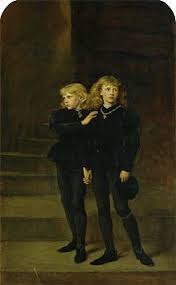
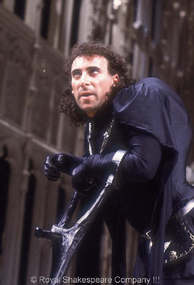
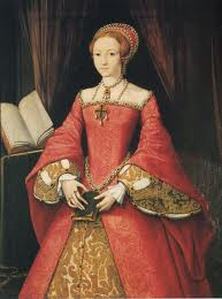
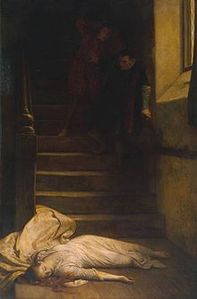
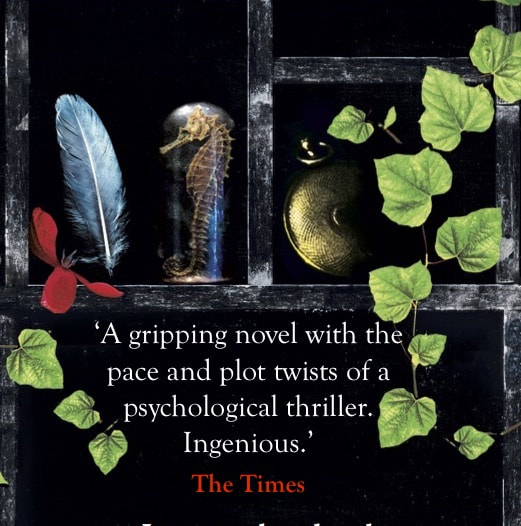
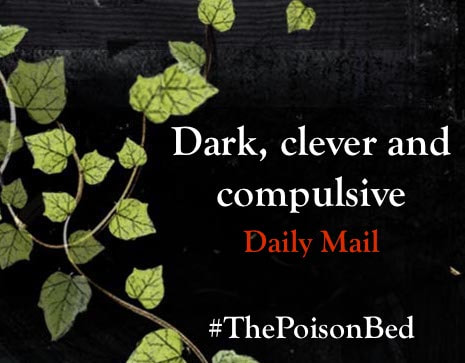
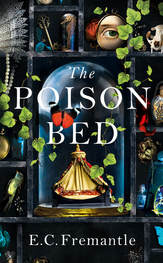
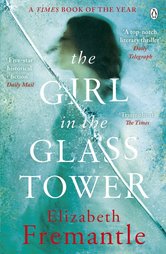
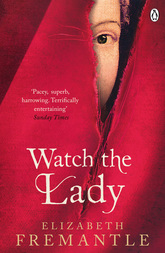
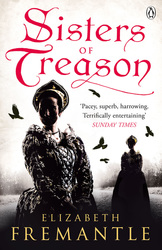
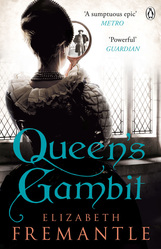
 RSS Feed
RSS Feed
